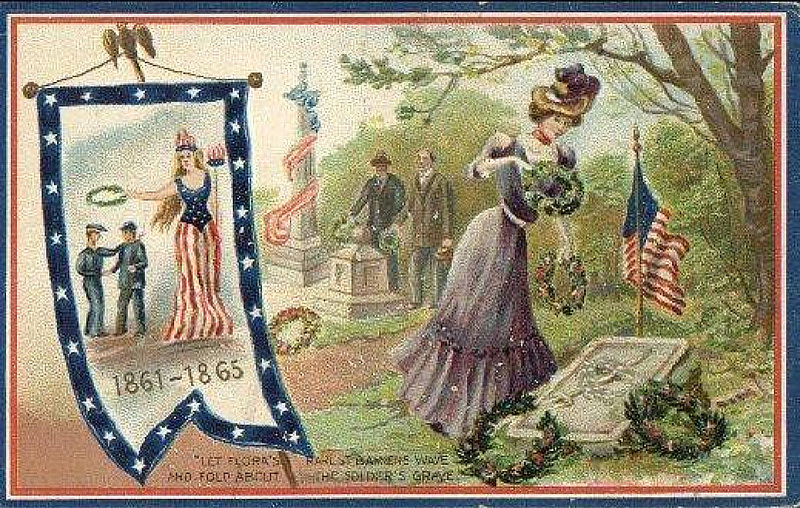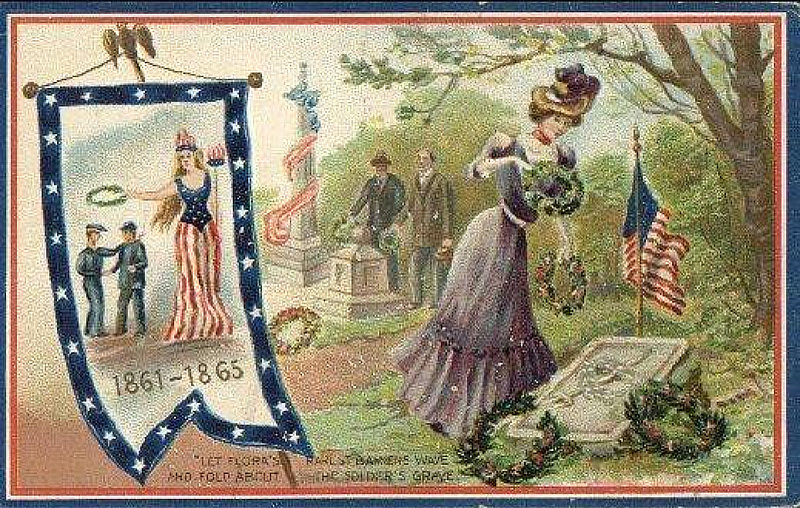The Origin of Memorial Day


Memorial Day is observed on the last Monday of May, honoring those who died while serving in the U.S. military.
Memorial Day was a response to the Civil War, in which a total of ~ 650,000 soldiers died between both sides. The loss of life and its effect on communities throughout the country led to several spontaneous commemorations of the dead.
Soon afterwards, May 30, 1868 was set aside “for the purpose of strewing with flowers, or otherwise decorating the graves of comrades who died in defense of their country during the late rebellion.” ~ Major General John Logan, General Order #11
The holiday was long known as Decoration Day for the practice of decorating graves with flowers, wreaths, and flags. It wasn’t until 1967 that federal law declared “Memorial Day” the official name.
“Memorial Day, as Decoration Day gradually came to be known, originally honored only those lost while fighting in the Civil War. But during World War I the United States found itself in another major conflict, and the holiday evolved to commemorate American military personnel who died in all wars, including World War II, The Vietnam War, The Korean War and the wars in Iraq and Afghanistan.” ~ history.com
Civil War
650,000 dead
World War I
116,000 dead
World War II
405,000 dead
Korean War
36,000 dead
Vietnam War
58,000 dead
Wars in Iraq & Afghanistan
7,000 dead
